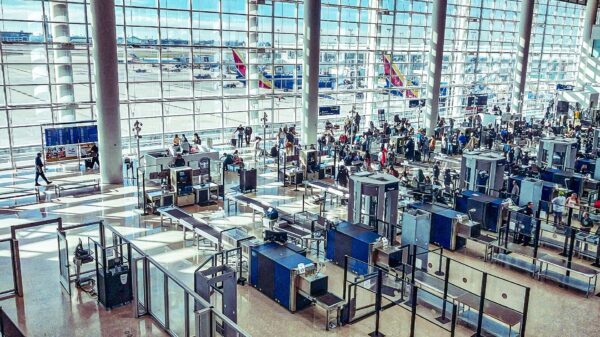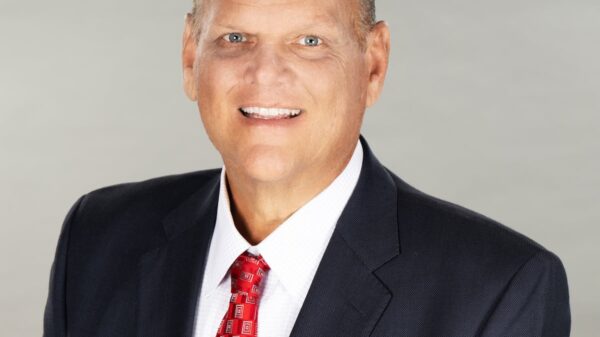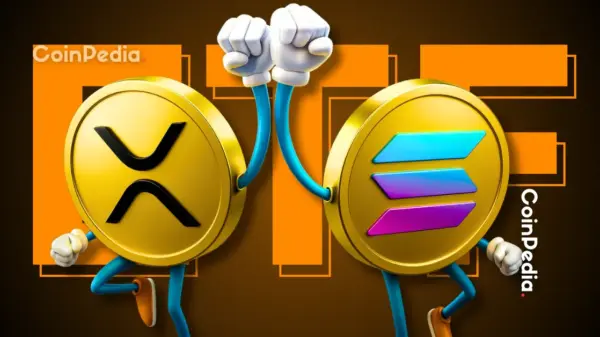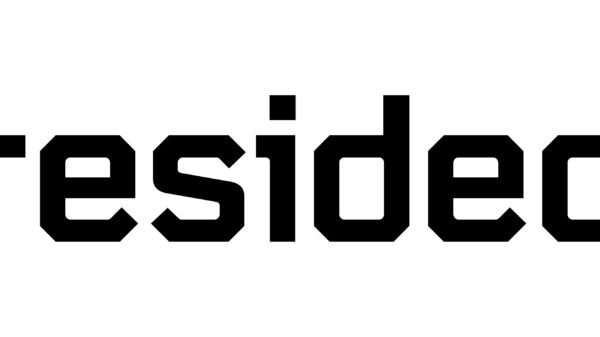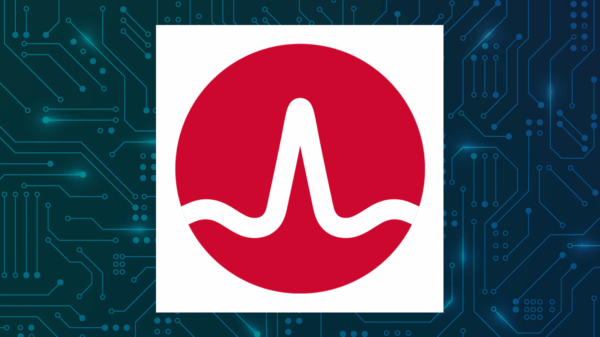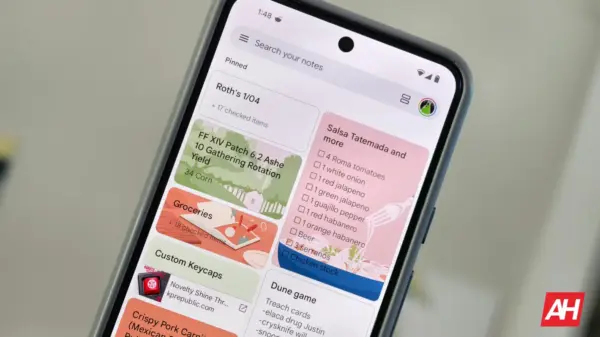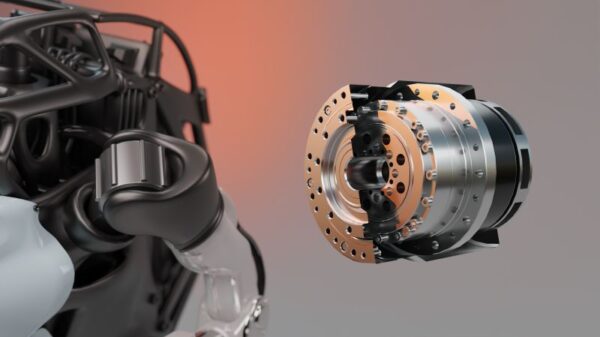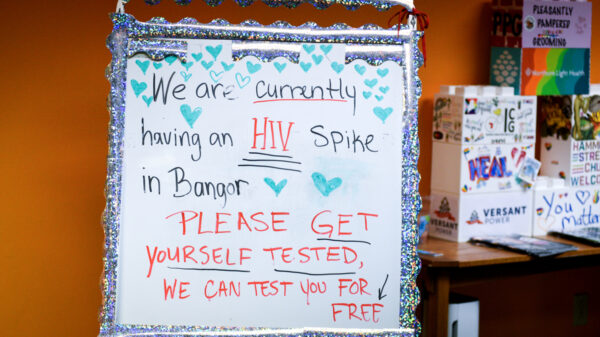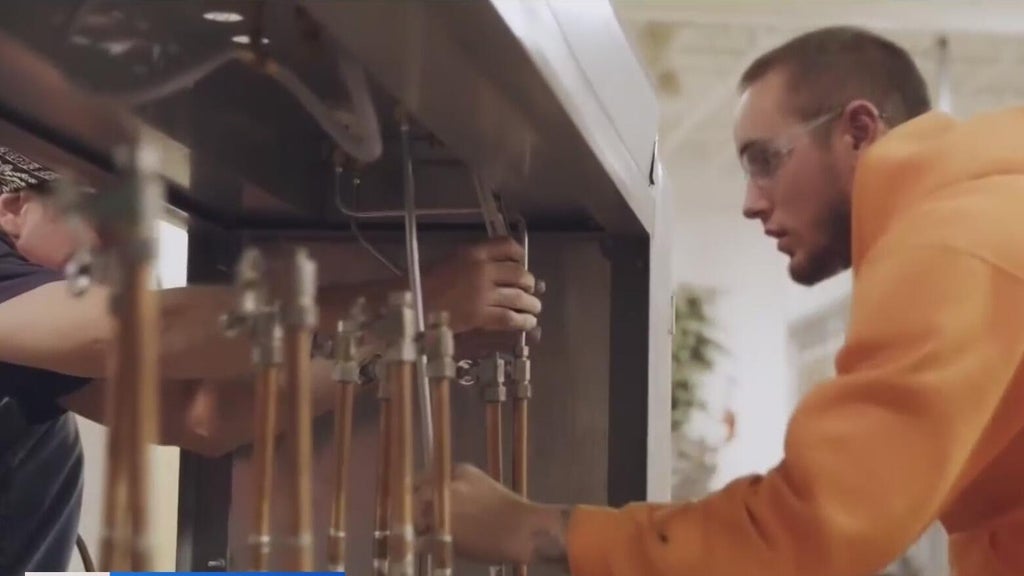As Labor Day 2025 approaches, the job market is facing significant challenges, with artificial intelligence reshaping employment, particularly in the white-collar sector. While many high-paying professions grapple with the threat of AI, blue-collar jobs are experiencing a resurgence. This shift highlights the growing importance of hands-on trade skills amid a changing economic landscape.
At Los Medanos College in Pittsburg, California, educators are focused on equipping students with practical skills that remain relevant in an AI-driven world. Jeff Andre, who teaches in the college’s Process Technology program, emphasizes the limitations of technology. “You can’t build a machine that can think like a human, act like a human, or look out for each other like humans can,” he stated. “You need people to operate that.”
While the tech sector races to integrate AI into workflows, the reality for students entering the job market is becoming increasingly daunting. Mark Benioff, CEO of Salesforce, recently discussed the impact of AI on employment during an appearance on the Logan Bartlett podcast. He indicated that the company might not hire new engineers this year due to enhanced productivity from AI-powered digital assistants, or “agents.” “We’re now providing digital workers, you know, digital labor. And that is, like, the huge awakening that this is a new, exciting world,” Benioff remarked.
The challenge for recent graduates, particularly those in engineering, is stark. As reported by Michael Bernick, a workforce consultant for Duane and Morris and former head of California’s Employment Development Department, over half of college graduates in California currently hold positions that do not require a degree. He warns that the rise of AI will predominantly threaten white-collar professionals, potentially leading to job losses in sectors once considered secure.
Bernick noted a significant shift in the narrative surrounding labor. “The narrative of past Labor Days, over the past 50 years, has almost entirely been one of our blue-collar decline,” he explained. “Those jobs are making a comeback. And the important thing about those jobs is that they can’t be replaced by AI.” This realization challenges the long-standing trend of directing students toward four-year universities while stigmatizing community colleges and trade schools.
Despite societal biases against blue-collar work, Bernick argues that these positions often provide essential services and greater job security. “The problem is still, I think, the prejudice of many people against blue-collar jobs,” he added. “Even though these jobs provide more valuable, direct, helpful services to people than many other jobs.” He attributes this bias to what he labels the “Education-Industrial Complex,” which has historically undervalued vocational training.
Jeff Andre echoes this sentiment, urging students to consider trade skills as a viable career path. “We’re really trying to reach people of all ages right now to say, you don’t have to sign up for a four-year school if that’s not your thing,” he said. “Learn a trade. Learn a skill. Because if you do learn a trade or a skill, you can take it anywhere.”
The pandemic has catalyzed various changes in the job market, with AI being just one factor among many. As the economy evolves, the demand for skilled labor is becoming increasingly evident, suggesting that proficiency in practical skills may serve as a critical safeguard against the uncertainties of the modern workforce.
As we observe Labor Day 2025, the spotlight on blue-collar jobs highlights a potential turning point in the broader employment landscape, where hands-on skills may prove more resilient than traditional white-collar roles in an AI-dominated future.








